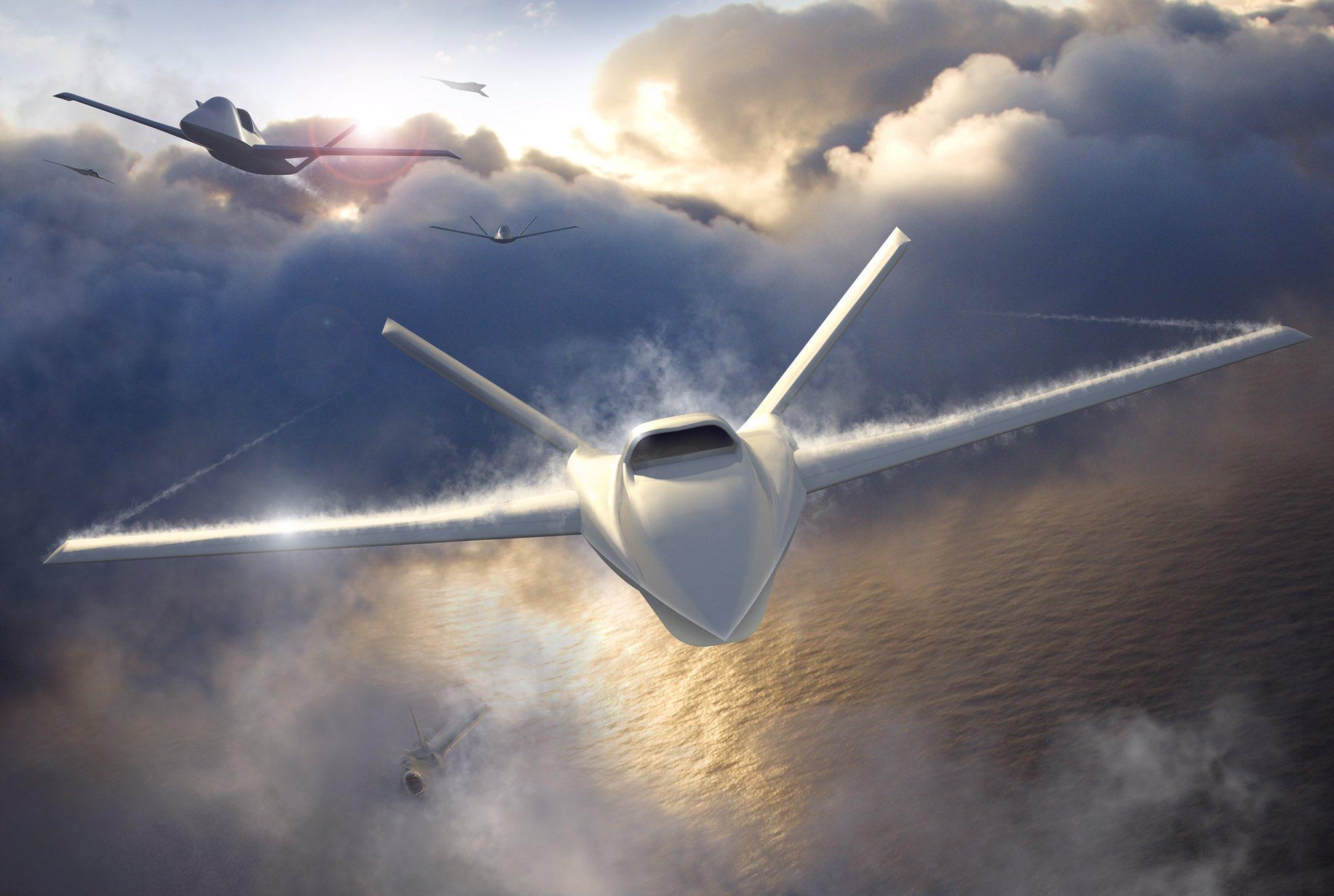
Credit: Scaled Composites
Northrop Grumman unveiled the Scaled Composites Model 437 on Sept. 8 as a low-cost unmanned aircraft system (UAS) derived from the company’s four-year-old, manned Model 401 demonstrator. The Model 437, which remains a paper concept, gives Northrop a candidate design as the U.S. and allied militaries...
Subscription Required
This content requires a subscription to one of the Aviation Week Intelligence Network (AWIN) bundles.
Schedule a demo today to find out how you can access this content and similar content related to your area of the global aviation industry.
Already an AWIN subscriber? Login
Did you know? Aviation Week has won top honors multiple times in the Jesse H. Neal National Business Journalism Awards, the business-to-business media equivalent of the Pulitzer Prizes.





